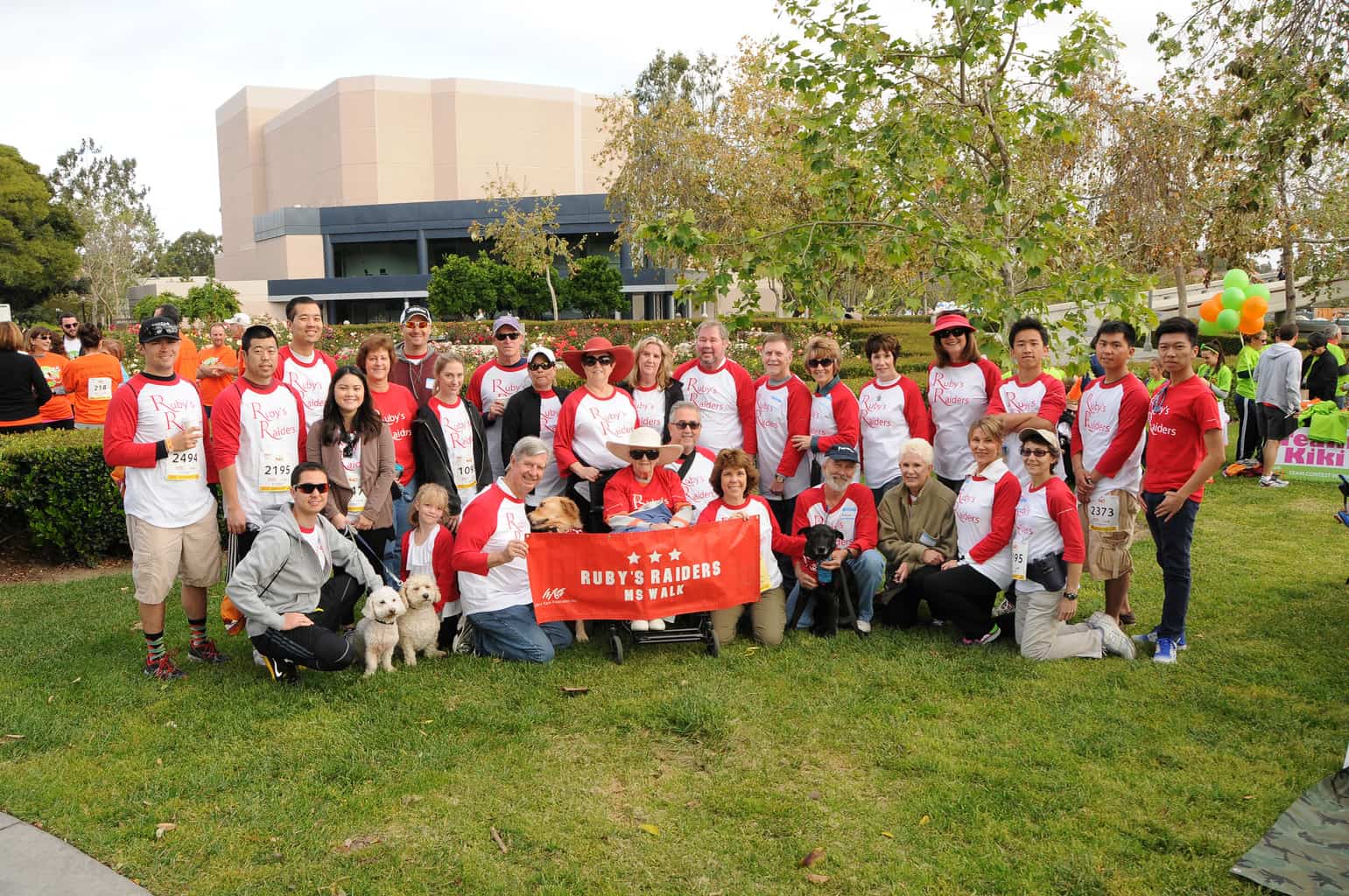Want to know more about content marketing? You’ve come to the right place. For starters, imagine you’re in a room full of people. You’re networking – and attempting to make meaningful connections.
You strike up a conversation with someone who tells you how important he is. In his words, he makes lots of big decisions that change the world and looks good doing it. He tells you about all his friends. They are prominent and successful friends who think he’s cool. Before pushing his business card on you, he reminds you that you’d be wise to keep in touch – because he’s going places. You’re going places, too. You’re going far away from him.
Later, you spot the familiar face of someone you’ve heard great things about and want to meet. You go over to say hello and are greeted warmly. She is as interested in you as you are in her. Questions and answers flow easily. Compliments and affirmations fly. The conversation is laced with authentic, mutual admiration. You tell her about a close friend that would benefit greatly from her services and offer to make an introduction. She accepts, and you make plans to meet again for coffee.
Still with me? Good, because content marketing, which isn’t new, follows the basic rules of networking. Successful content marketers will tell you content marketing is the business of building relationships. They also will tell you (accurately) that as the digital media universe continues to expand, producing countless marketing options and complexities, content marketing is one of the most important communication strategies to engage and grow target audiences. And don’t be surprised when the experts remind you that mastering content marketing doesn’t have to be difficult or overwhelming, as you likely already know the basics, which take their shape from effective networking principles.
Recognizing that consumers control which brands they want to engage with, 89 percent of B2B marketers and 86 percent of B2C marketers use content marketing to increase leads and drive brand awareness, according to Content Marketing Institute. Increasingly, brands that provide genuine value, listen and deliver on the needs of their consumers are the ones poised for successful consumer engagement. A recent survey by OneSpot found that 87 percent of consumers say personally relevant content positively influences how they feel about a brand.
If the world is a room filled with millions of consumers and brands, the best consumer-brand conversations are laced with authentic, mutual admiration. The questions and answers flow easily. There’s follow-up and follow-through. Compliments and affirmations fly. Sound familiar?
Here are a handful of networking reminders that also can also be applied to your content marketing strategies this year (and beyond).
- Get to the party on timeIt’s tempting to wait until just the right moment, but the perfect moment may never arrive. Maybe you aren’t sure how to start a blog or what part of your business story needs telling. Preparation is always advisable, but waiting too long means others will get there before you, and it’s much harder to make an impression when the market is overcrowded. Don’t be afraid to dive in. Create a few realistic goals and set deadlines to achieve them. Then, figure out how you will execute by identifying your resources, including an online course, tapping an employee’s underused skills or even hiring a PR agency.
- Ditch the sales pitchNobody likes a showboat. Businesses can’t just proclaim what makes them special. They must add authentic value to the conversation. The most successful networkers make other people feel special, and the same goes for successful content marketing practices where the content identifies solutions, connects like-minded people and demonstrates why a product or service really is invaluable.
- Ask questions AND pay attention to the answersYou ditched the sales pitch, now what? Be an active, interested conversationalist. Content marketing should be a dialogue between companies and consumers. Brands must ask insightful questions and collect data to better understand consumer needs, likes/dislikes, feelings about marketing efforts and preferences for receiving information. But, they shouldn’t stop there. They must act! Real engagement is achieved when companies listen AND respond. These days, everyone seems willing to share an opinion. Companies should deliver action when they reach and connect with audiences on a personal level.
- Share your passionBuilding relationships means finding your tribe and connecting with members on similar levels. What makes you passionate about your industry? Why did you get into the business? Why is your product or service important to you personally? Speak up! Chances are, others share your same passion and want to engage. These are your people, your audience. Make it easy for them to find you by talking about your passion loud and often.
- SmilePeople respond to positivity. The best stories tell an intriguing narrative and leave listeners with a warm feeling, a chuckle, a deeper understanding of an issue or a move toward action. Humor goes a long way, but messages don’t always have to be funny to elicit a smile and make a lasting impression. The goal with any content should be to leave your audience in a better place than before they engaged with you.
- Follow upKeep in touch – whether to make a new connection or respond to a question from someone you already know. Nothing kills a relationship faster than communication darkness. Respond in a timely manner, and if your communication isn’t constant, at least make it regular. Identify your targets’ preferred method of communication and send updates, reminders, suggestions or just say hello. Vary your approach with email, newsletters and social media to help you stay connected while giving audiences the opportunity to engage on their terms.








